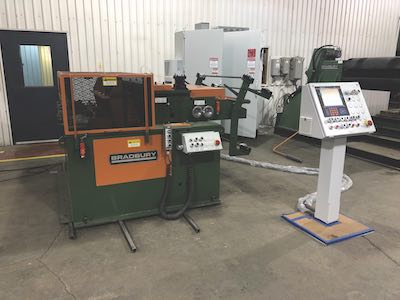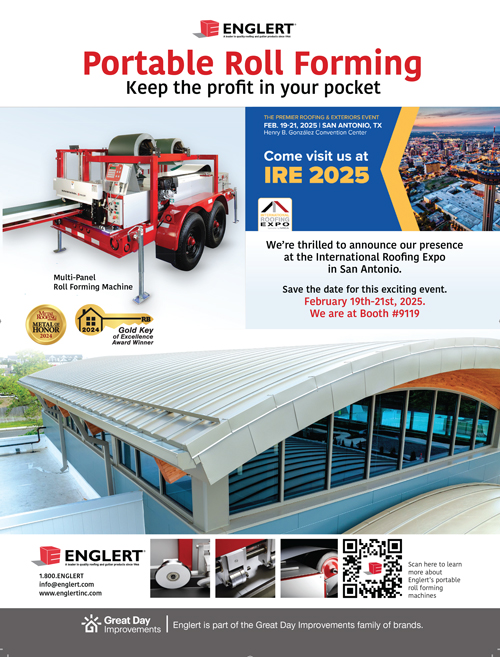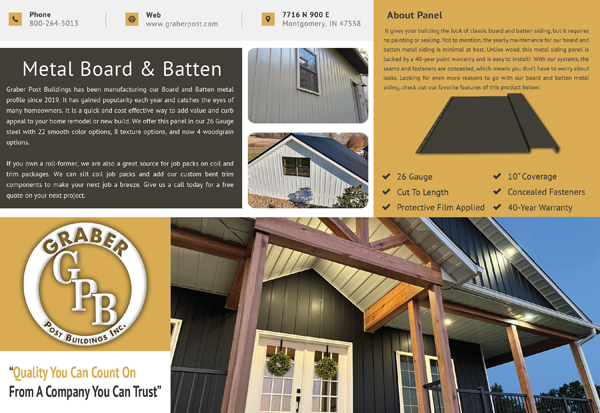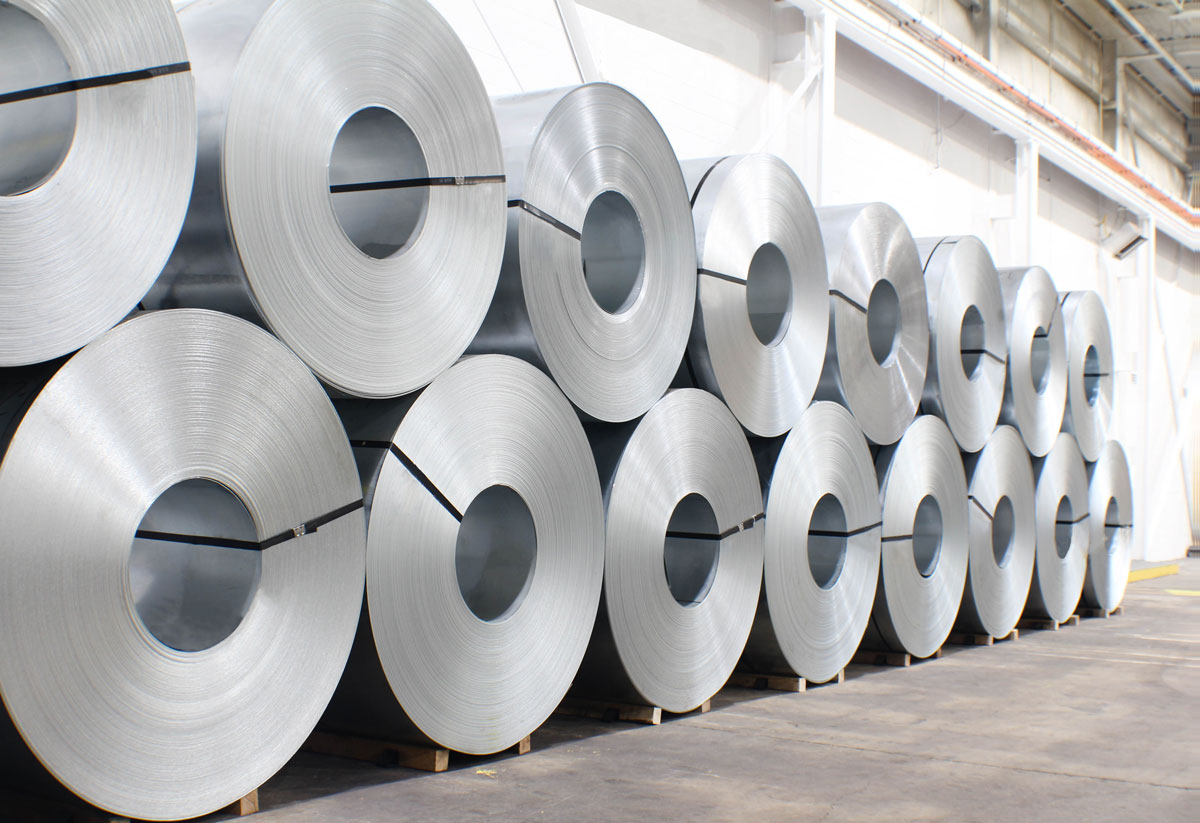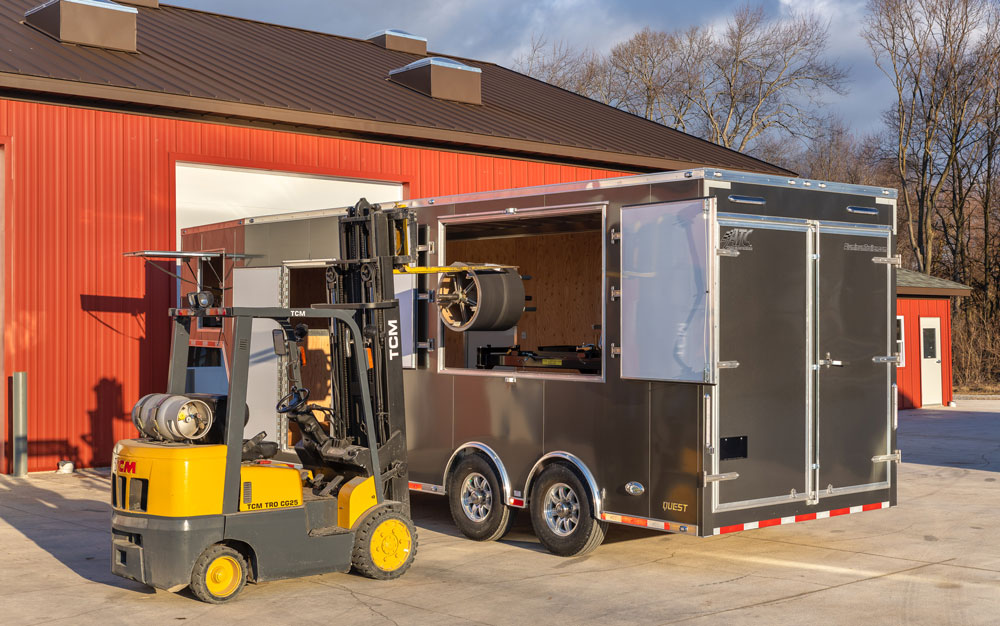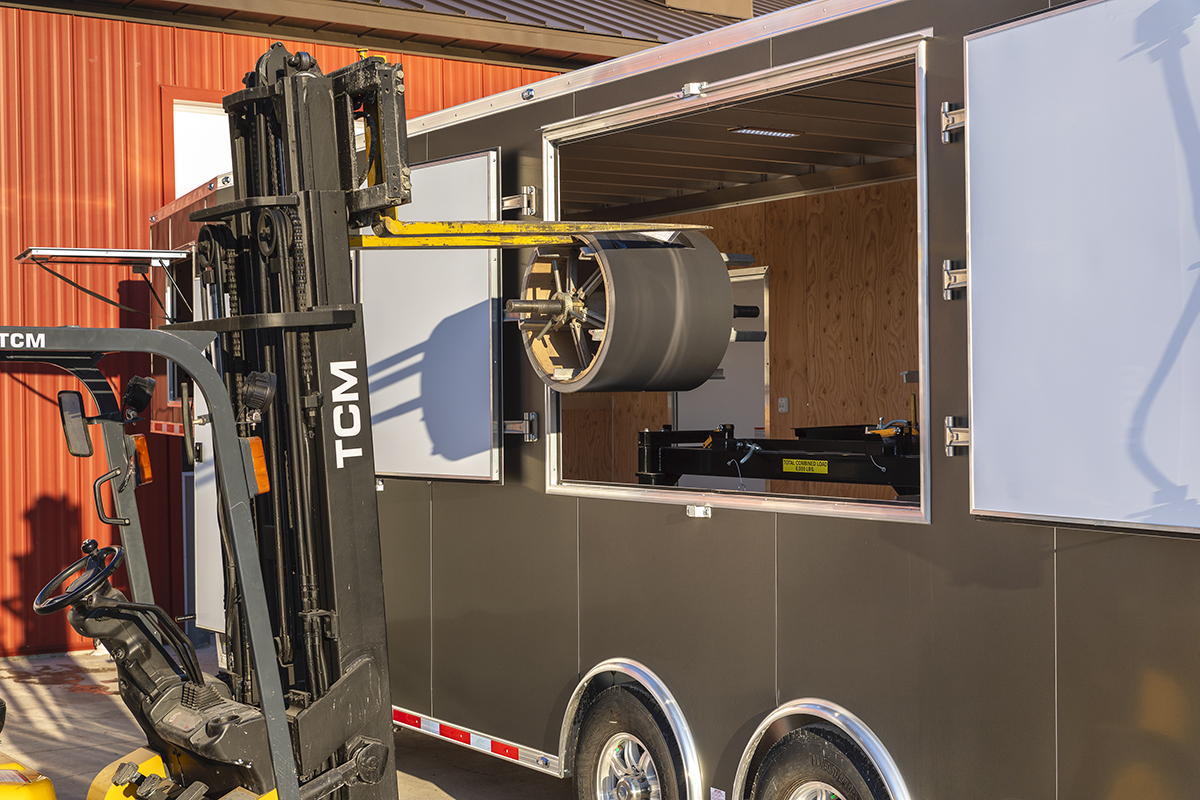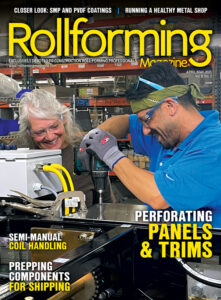■ By Shonda Fast
Information provided by The Bradbury Group.
We know that not all machines are maintained or serviced to the full extent of the manufacturer’s direction. They are just that—a used machine—beat up, pushed to full capacity, and well worn. After a good cleaning, they can look bright and shiny, but the inner-workings and heart of the machine may be at the breaking point and less efficient than they once were.
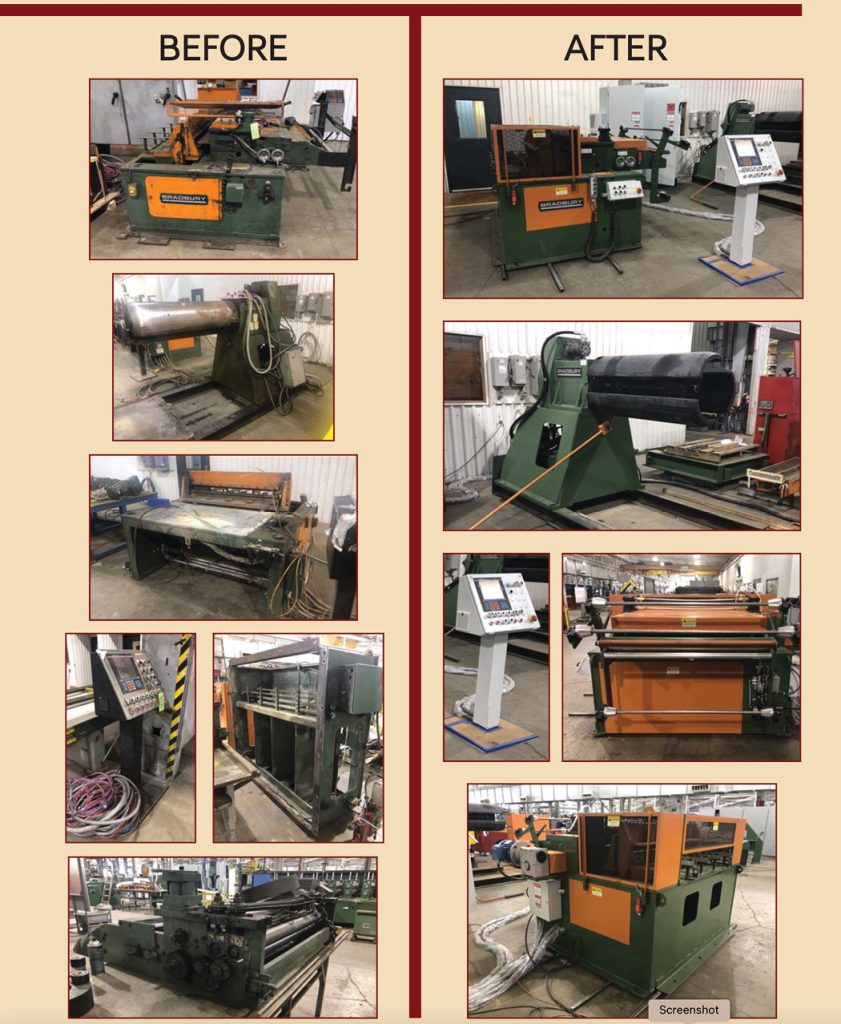
What Does a Rebuild Entail?
A rebuild from The Bradbury Group consists of a meticulous inspection of all mechanical parts, electrical components, controls and safety features. All parts are disassembled and a determination is made as to which can be repaired, replaced, or upgraded. The machine is then reassembled, painted, and tested, returning it to “like new” condition.
What Does a Rebuild Look Like?
A Bradbury Customer requested a rebuild of their 1996 model B.O.S.S.™ Shear and Stock Reel. We were able to capture this transformation with some before and after pictures.
The B.O.S.S.™ Shear rebuild included providing and installing:
- A new drive belt
- a new roller straightener motor and gearbox
- all new bearings and linear rails
- all new spur gears
- new upper and lower feed rolls and roller straightener rolls
- regrinding and installation of upper and lower shear blades
- new pneumatic valves and gauges
- new filter, lubricator and regulator assemblies
- new overrunning clutch and brake
- paint
- rebuilt shear guards.
Electrical components were also refurbished and upgraded in this project:
- New main operator station
- Beck Automation SII™ controller with ethernet capability
- a new encoder
- a new BOSS™ shear servo motor and drive
- a new CompactLogix PLC and I/O card
- a new safety circuit
- new safety guard switches
- all new circuit protection, power supply
- Beck Automation Connex™ production software system.
A typical rebuild of a Stock Reel includes:
- New spindle, leaves, spiders and cylinder
- new hydraulic motors
- new loop arm
- new valves
- new operator station and controls
- all uncoiler items are new except for the hydraulic power unit, spindle housing and weldment.
Benefits of Rebuilding
- It is not necessary to invest time and money retraining operators on how to use a new machine.
- Typically less investment than buying new.
- Avoid risks associated with buying a used machine from an unfamiliar company or unknown history.
- Expect performance similar to that provided by a new machine.
- The machine will have cosmetic upgrades and return shiny, like new.
- When is Rebuilding Appropriate?
Choosing to rebuild isn’t always an easy decision. Business owners and equipment mangers should consider a few factors before deciding to refurbish, like the type of machine, the age, the condition, how much investment is required and how much downtime is involved. “One-off” rebuilds can be costly and more time consuming because of the unknowns. Rebuild programs are less risky and can put you back in production in a much shorter time frame.
At some point, it will become necessary, or at least preferable, to replace any machine. This applies especially if the machine has been greatly damaged, or has already undergone multiple rebuilds in the past.
A comprehensive inspection by industry specialists and technicians can help determine whether your machine meets the appropriate criteria for a rebuild. RF
Originally published as “Inside Look at a SHEAR Rebuild” Spring 2021 Rollforming Magazine.


